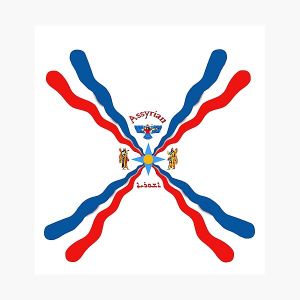Language/Assyrian-neo-aramaic/Grammar/Questions
Hi Assyrian Neo-Aramaic learners! 😊
In today's lesson, we will be discussing how to ask questions in Assyrian Neo-Aramaic. Asking questions is an important part of any language, and it is essential to understand the rules and structure of the language in order to ask questions correctly.
Basic Structure
The basic structure of a question in Assyrian Neo-Aramaic is very simple. All you need to do is add the particle -a at the end of the sentence. For example:
- Kamta? (What?)
- Kamta-a? (What?)
As you can see, the only difference between a statement and a question is the addition of the particle -a.
Yes/No Questions
Yes/no questions are questions that can be answered with either a yes or a no. In Assyrian Neo-Aramaic, these types of questions are formed by adding the particle -a at the end of the sentence, as well as the particle -in at the beginning of the sentence. For example:
- Kamta? (What?)
- Kamta-a? (What?)
- In kamta? (Is it what?)
- In kamta-a? (Is it what?)
Wh-Questions
Wh-questions are questions that begin with a wh-word, such as who, what, when, where, why, or how. In Assyrian Neo-Aramaic, these types of questions are formed by adding the particle -a at the end of the sentence, as well as the wh-word at the beginning of the sentence. For example:
- Kamta? (What?)
- Kamta-a? (What?)
- Kamta-in? (Who?)
- Kamta-a-in? (What?)
Tag Questions
Tag questions are questions that are added at the end of a statement. In Assyrian Neo-Aramaic, these types of questions are formed by adding the particle -a at the end of the statement, as well as the particle -in at the beginning of the statement. For example:
- Kamta. (It is what.)
- Kamta-a? (It is what?)
- Kamta-in? (Isn't it what?)
- Kamta-a-in? (Isn't it what?)
Summary
In this lesson, we have discussed how to ask questions in Assyrian Neo-Aramaic. We have seen that the basic structure of a question is to add the particle -a at the end of the sentence. We have also seen that yes/no questions, wh-questions, and tag questions are formed by adding the particle -a at the end of the sentence, as well as the appropriate particles at the beginning of the sentence.
If you have any questions, please ask them in the comments section below.
Feel free to edit this wiki page if you think it can be improved. 😎

